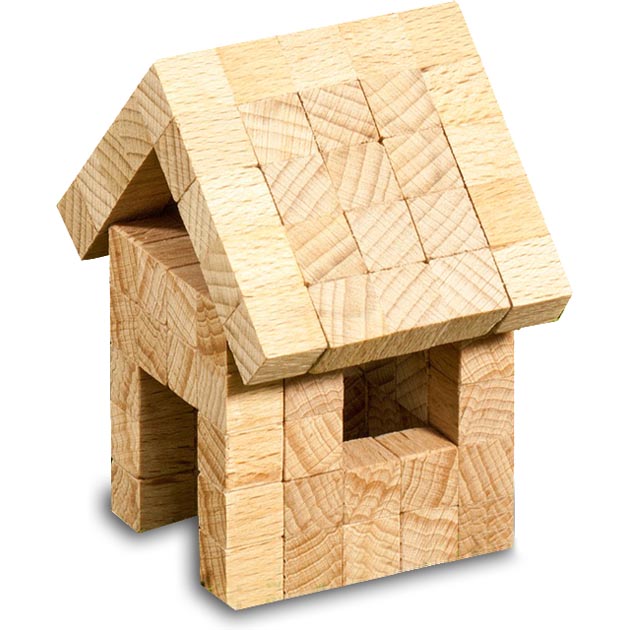Collective Enfranchisement Qualification
Overview Pros and Cons Qualification Valuation Procedure Alternatives Services & Costs
Find out whether the leaseholders are entitled to a Statutory Collective Enfranchisement by using the qualification test provided.
Please note that this is not an exhaustive test. Always rely upon a professional eligibility assessment:

(1) Are there at least two flats in the building?
Qualifies for statutory Collective Enfranchisement.
Does not qualify for statutory Collective Enfranchisement.
(2) At least two-thirds of the flats must be owned by qualifying leaseholders. Qualifying leaseholders are those:
- With leases that were in excess of 21 years when first granted.
- With residential leases not commercial leases.
- Who if they own a shared-ownership flat, have staircased up to 100% ownership.
- Who do not own three or more flats in the building whether solely in their name or jointly. Where this applies their flats will be discounted from the two-thirds majority required.
Are two-thirds of flats owned by qualifying leaseholders?
Qualifies for statutory Collective Enfranchisement.
Does not qualify for statutory Collective Enfranchisement.
(3) Do the flats owned by qualifying leaseholders interested in Collective Enfranchisement equate to half (or more) of the total flats in the building? Note that if there are two flats in the building both must participate?
Qualifies for statutory Collective Enfranchisement.
Does not qualify for statutory Collective Enfranchisement.
(4) Is 75% or more of the overall floor area of the property made up of residential, non-commercial living space?
Qualifies for statutory Collective Enfranchisement.
Does not qualify for statutory Collective Enfranchisement.
(5) Are the flats in a self-contained property?
Qualifies for statutory Collective Enfranchisement.
Does not qualify for statutory Collective Enfranchisement. No neighbouring building should extend into the property. The property should have its own gas, electricity and water services supplying each flat.
(6) Is the property under a single roof?
Qualifies for statutory Collective Enfranchisement.
Does not qualify for statutory Collective Enfranchisement. Even if several, separate blocks of flats (each under different roofs) comprise the same freehold estate, they must be treated as separate with respect to Collective Enfranchisement. Different Collective Enfranchisement claim notices must be served for each block.
(7) Is the property either within the precincts of a of a church or chapel, or a National Trust/Crown property?
Qualifies for Collective Enfranchisement.
Does not qualify for Collective Enfranchisement. It is possible, however, that the freeholders of such properties may be prepared to comply with the principles of the relevant legislation. This is particularly the case for Crown properties. Contact Pro-Leagle to learn more.
(8) Does the freehold title comprise any part of a railway line, track, bridge or tunnel or wall?
Qualifies for Collective Enfranchisement.
Does not qualify for Collective Enfranchisement.
(9) Does a resident freeholder own one of the flats? If so:
- Is the property a converted house containing 4 flats or less?
- Did the freeholder own the flat prior to the conversion? and
- Has the freeholder (or adult family member) lived there for the past 12 months?
Qualifies for statutory Collective Enfranchisement.
Does not qualify for statutory Collective Enfranchisement.

Congratulations, you may qualify for Collective Enfranchisement
This is not an exhaustive test. You should now obtain a professional assessment as to whether a leaseholder, lease or the property itself, qualifies for statutory Collective Enfranchisement.

Unfortunately you may NOT qualify for Collective Enfranchisement
This is not an exhaustive test. You should now obtain a professional assessment as to whether a leaseholder, lease or the property itself, qualifies for statutory Collective Enfranchisement.
Oops! You need Javascript turned on for this page to work.